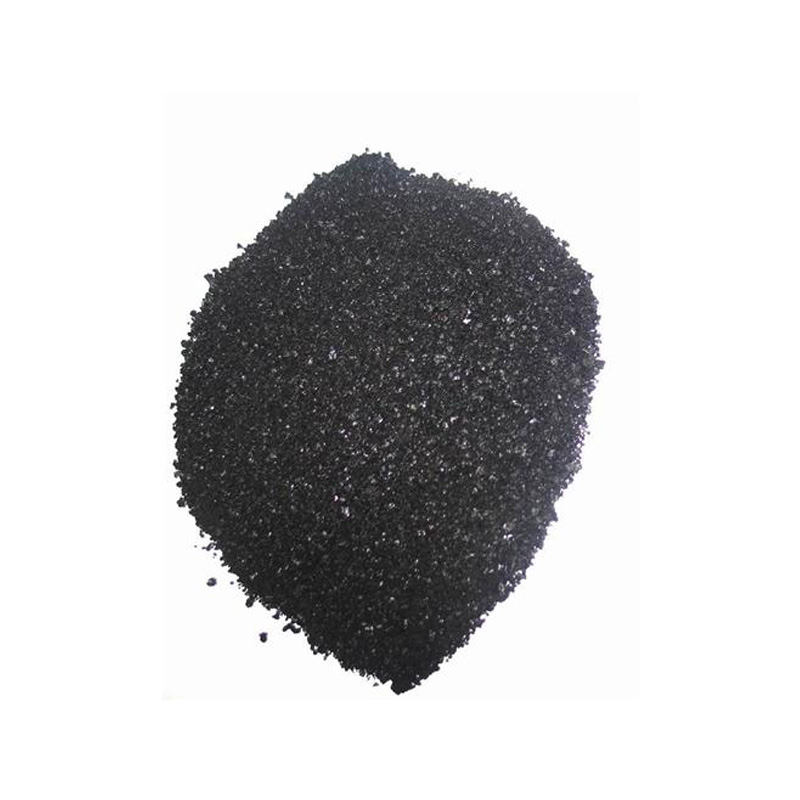Exploring the Properties and Applications of Sulfur Black 1 in Textile Dyeing
Understanding Sulfur Black 1 A Versatile Dye in Textile Industry
Sulfur Black 1 is a synthetic dye that plays a pivotal role in the textile industry, providing deep and rich black shades to a variety of fabrics. This dye, classified as a sulfur dye, is ubiquitously utilized due to its cost-effectiveness, excellent lightfastness, and high resistance to washing. In this article, we will explore the characteristics, application, and environmental considerations associated with Sulfur Black 1.
Characteristics of Sulfur Black 1
Sulfur Black 1 is known for its striking deep black color, which is produced through a reaction of sulfur compounds with organic materials. This compound has excellent affinity for cellulosic fibers, making it particularly effective on cotton, rayon, and various blends. It is often favored over other dyes due to its overall performance; for instance, it exhibits superior light and wash fastness. These qualities ensure that garments retain their color despite repeated laundering or exposure to sunlight.
The dye is applied through a specific process involving reduction, followed by oxidation. Initially, Sulfur Black 1 is solubilized through reduction, allowing it to penetrate the fibers effectively. Once the desired shade is achieved, oxidation restores the dye to its insoluble form, fixing it onto the fabric. This process can be adjusted to achieve various depths of black, depending on the concentration of the dye used.
Understanding Sulfur Black 1 A Versatile Dye in Textile Industry
In the textile industry, Sulfur Black 1 is extensively used for dyeing cotton fabrics, knitting yarns, and sewing threads. It is particularly popular in the production of denim, where its ability to deliver a deep and uniform color is critical. Denim manufacturers appreciate the dye's excellent colorfastness, as jeans are frequently subjected to stress through washing and daily wear.
sulfur black 1

Beyond textiles, Sulfur Black 1 finds application in leather dyeing and the coloring of various synthetic materials. Its versatility enables designers and manufacturers to use it across different product lines, whether it be apparel, upholstery, or accessories. Furthermore, the affordability of Sulfur Black 1 compared to other high-performance dyes makes it a favored choice for mass production.
Environmental Considerations
Despite its advantages, the use of Sulfur Black 1 is not without challenges. Like many synthetic dyes, there are environmental concerns associated with its application and disposal. The dyeing process can involve hazardous chemicals that may lead to water pollution if not properly managed. Effluent from dyeing operations needs to be treated carefully to prevent harmful impact on ecosystems.
To address these concerns, the textile industry is increasingly adopting sustainable practices. Companies are exploring ways to minimize water usage, reduce harmful waste, and implement closed-loop systems to recycle dye baths. Furthermore, advancements in dye technology, including the use of bio-based dyes and eco-friendly processes, present promising alternatives that seek to lessen the environmental footprint of traditional dyeing methods.
Conclusion
Sulfur Black 1 is an essential dye within the fabric dyeing sector due to its rich color and durability. While it offers many benefits over other dyes, the industry must address the environmental challenges associated with its use. By implementing sustainable practices and focusing on innovation, textile manufacturers can continue to utilize dyes like Sulfur Black 1 while minimizing their ecological impact. As the industry evolves, balancing performance with responsibility will be paramount to creating a more sustainable future in textile production.
-
The Timeless Art of Denim Indigo Dye
NewsJul.01,2025
-
The Rise of Sulfur Dyed Denim
NewsJul.01,2025
-
The Rich Revival of the Best Indigo Dye
NewsJul.01,2025
-
The Enduring Strength of Sulphur Black
NewsJul.01,2025
-
The Ancient Art of Chinese Indigo Dye
NewsJul.01,2025
-
Industry Power of Indigo
NewsJul.01,2025
-
Black Sulfur is Leading the Next Wave
NewsJul.01,2025

Sulphur Black
1.Name: sulphur black; Sulfur Black; Sulphur Black 1;
2.Structure formula:
3.Molecule formula: C6H4N2O5
4.CAS No.: 1326-82-5
5.HS code: 32041911
6.Product specification:Appearance:black phosphorus flakes; black liquid

Bromo Indigo; Vat Bromo-Indigo; C.I.Vat Blue 5
1.Name: Bromo indigo; Vat bromo-indigo; C.I.Vat blue 5;
2.Structure formula:
3.Molecule formula: C16H6Br4N2O2
4.CAS No.: 2475-31-2
5.HS code: 3204151000 6.Major usage and instruction: Be mainly used to dye cotton fabrics.

Indigo Blue Vat Blue
1.Name: indigo blue,vat blue 1,
2.Structure formula:
3.Molecule formula: C16H10N2O2
4.. CAS No.: 482-89-3
5.Molecule weight: 262.62
6.HS code: 3204151000
7.Major usage and instruction: Be mainly used to dye cotton fabrics.

